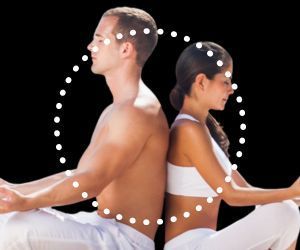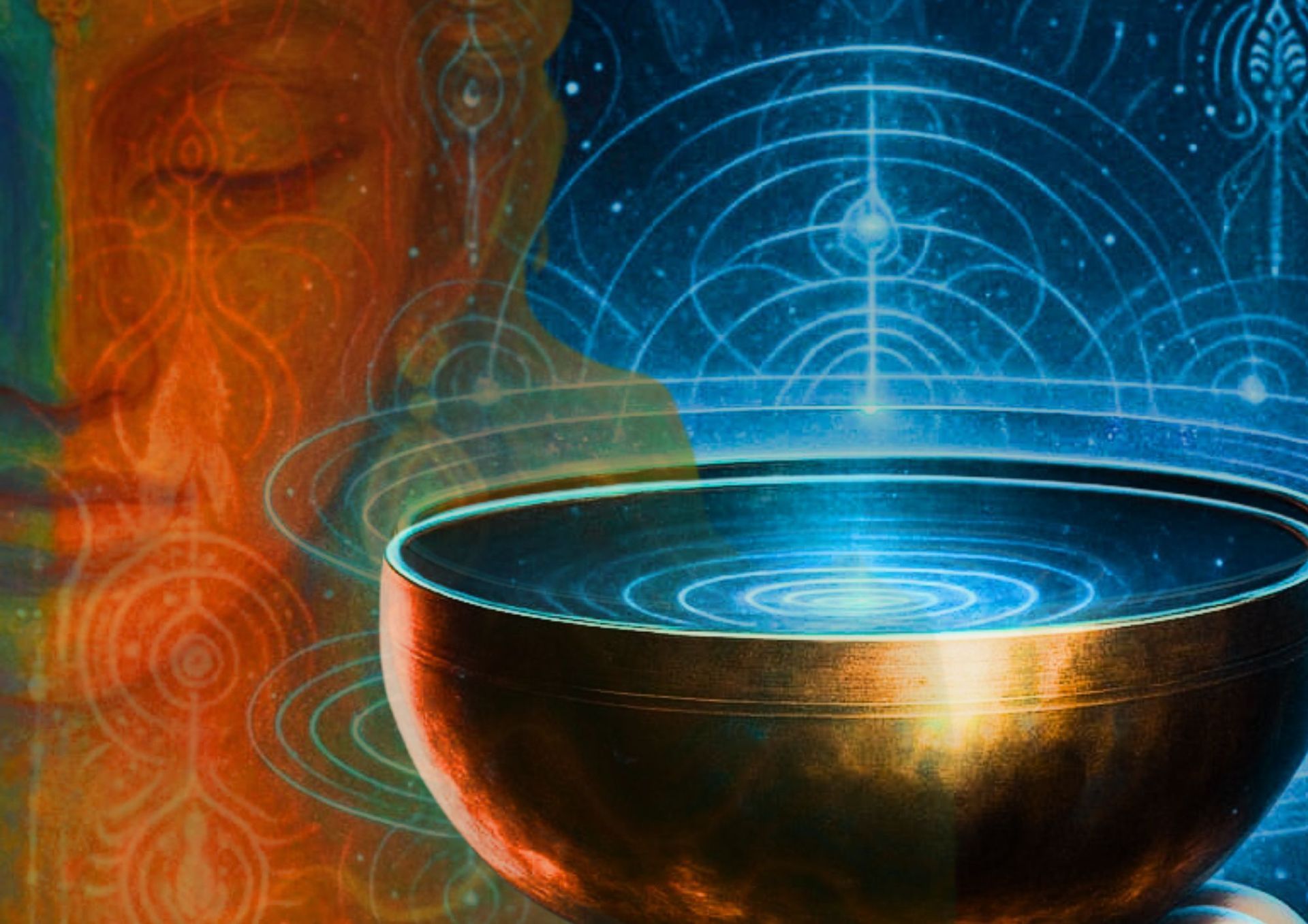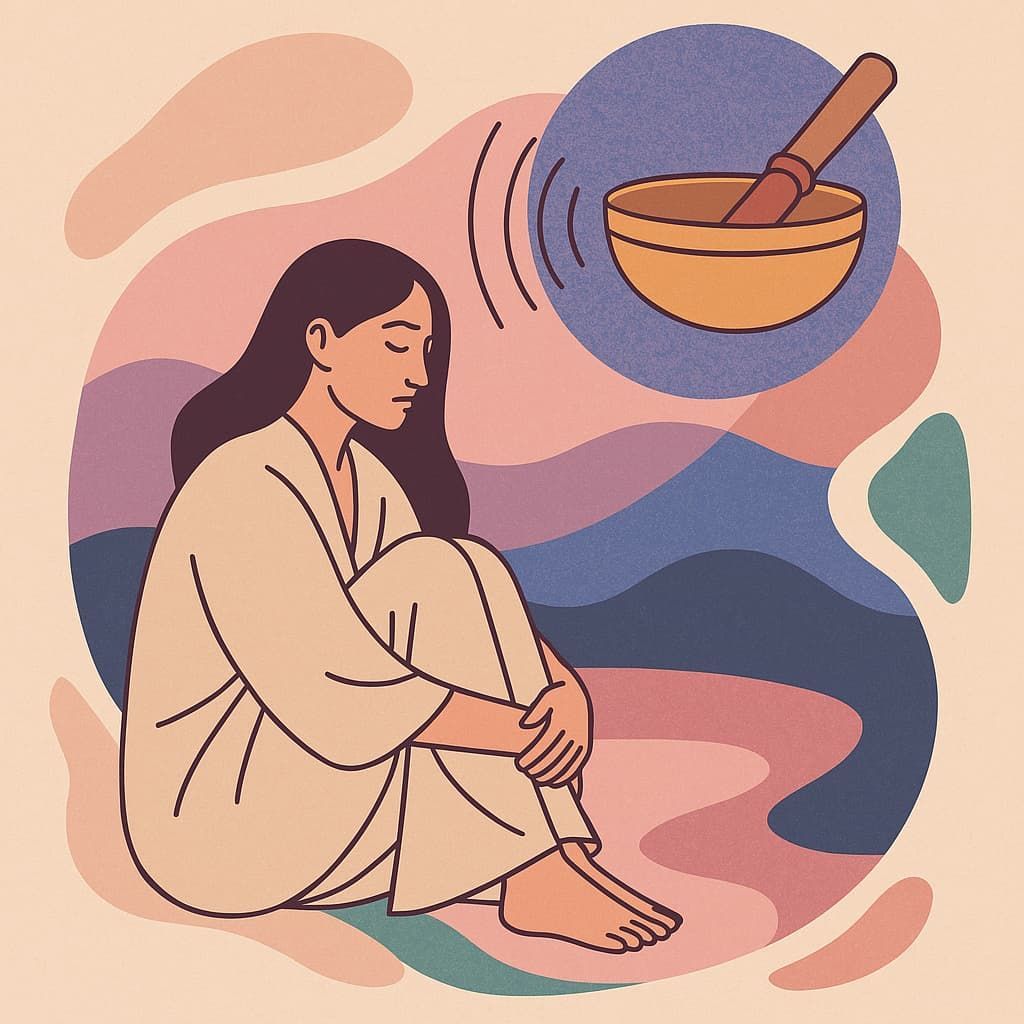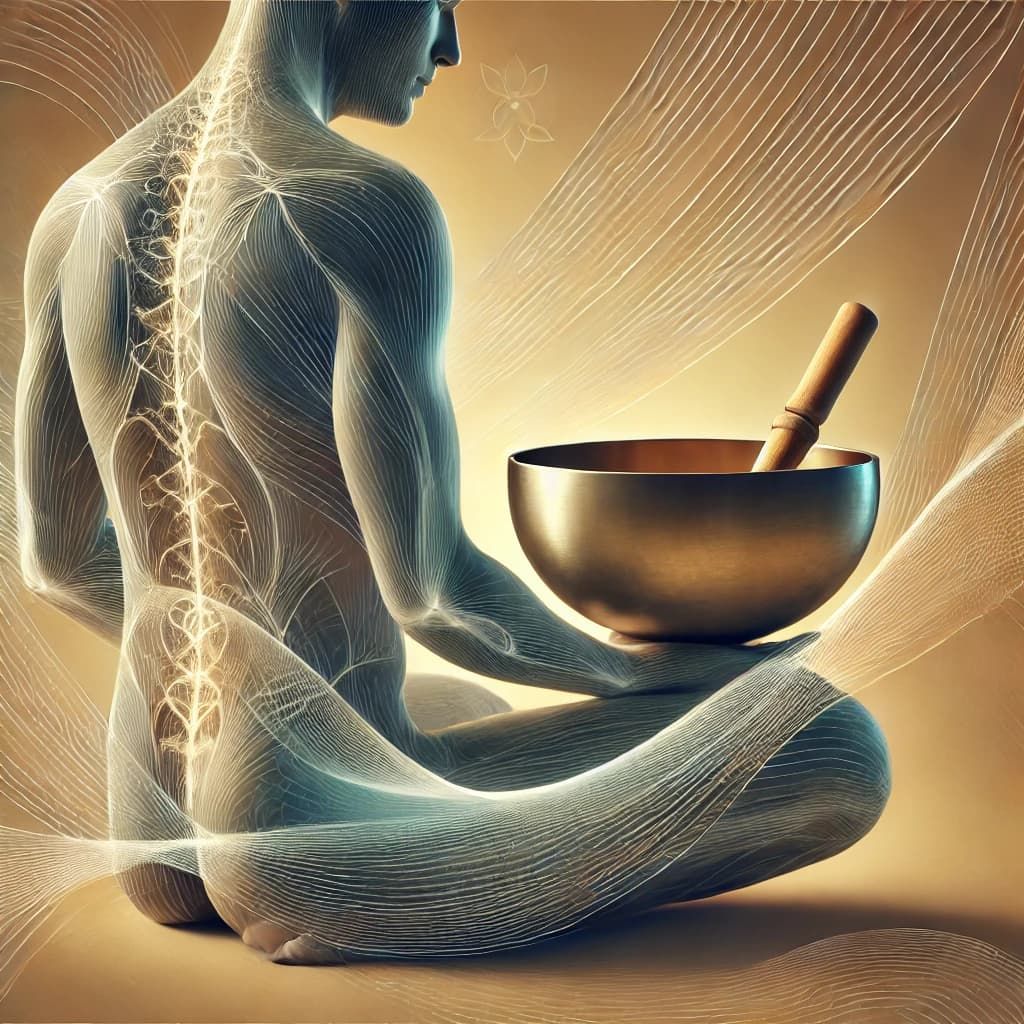When the Body Shakes: Understanding Vibratory Shock and the Kundalini Path
A vibrational shock is above all a bodily experience, a jolt that travels through every layer of our organism, from the skin to the bones.

The body already vibrates naturally: each organ has its rhythm, each internal circulation, blood, breath, digestion, maintains a permanent pulse. But a vibrational shock arises when the nervous system is suddenly engaged, far quicker and more intense than usual. It is the instant when everything moves at a surprising speed: an event, an emotion, a fear, or even sudden joy that propels the entire organism into a state of alert.
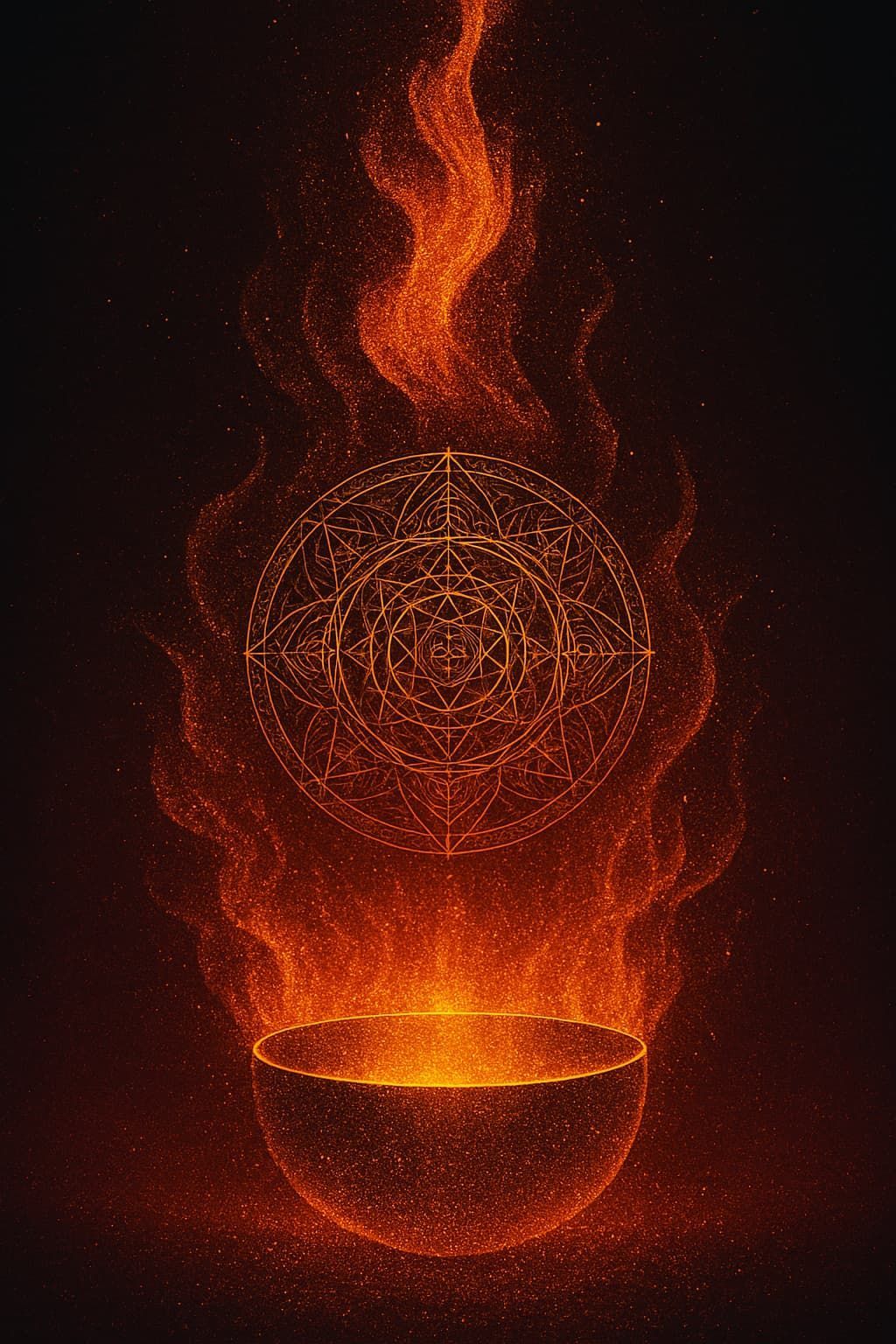
These moments are not necessarily negative
They belong to life, and all of us encounter them: good news that makes us tremble with excitement, a fright that accelerates the heartbeat, a meeting that shakes the senses. What matters is not avoiding these shocks, but understanding how the body experiences them and how it can return to balance. This is where the role of the nervous system becomes central.
The nervous system, with its double polarity – sympathetic for activation, parasympathetic for returning to calm – continuously regulates our inner states. During a vibrational shock, it is the parasympathetic that carries the delicate mission of re-establishing balance after the jolt. The more trained our nervous system is in flexibility, the more easily it can shift from one state to another. A strong nervous system does not mean tense or rigid, but rather one that can adapt: open and close, tense and release, according to what life brings.
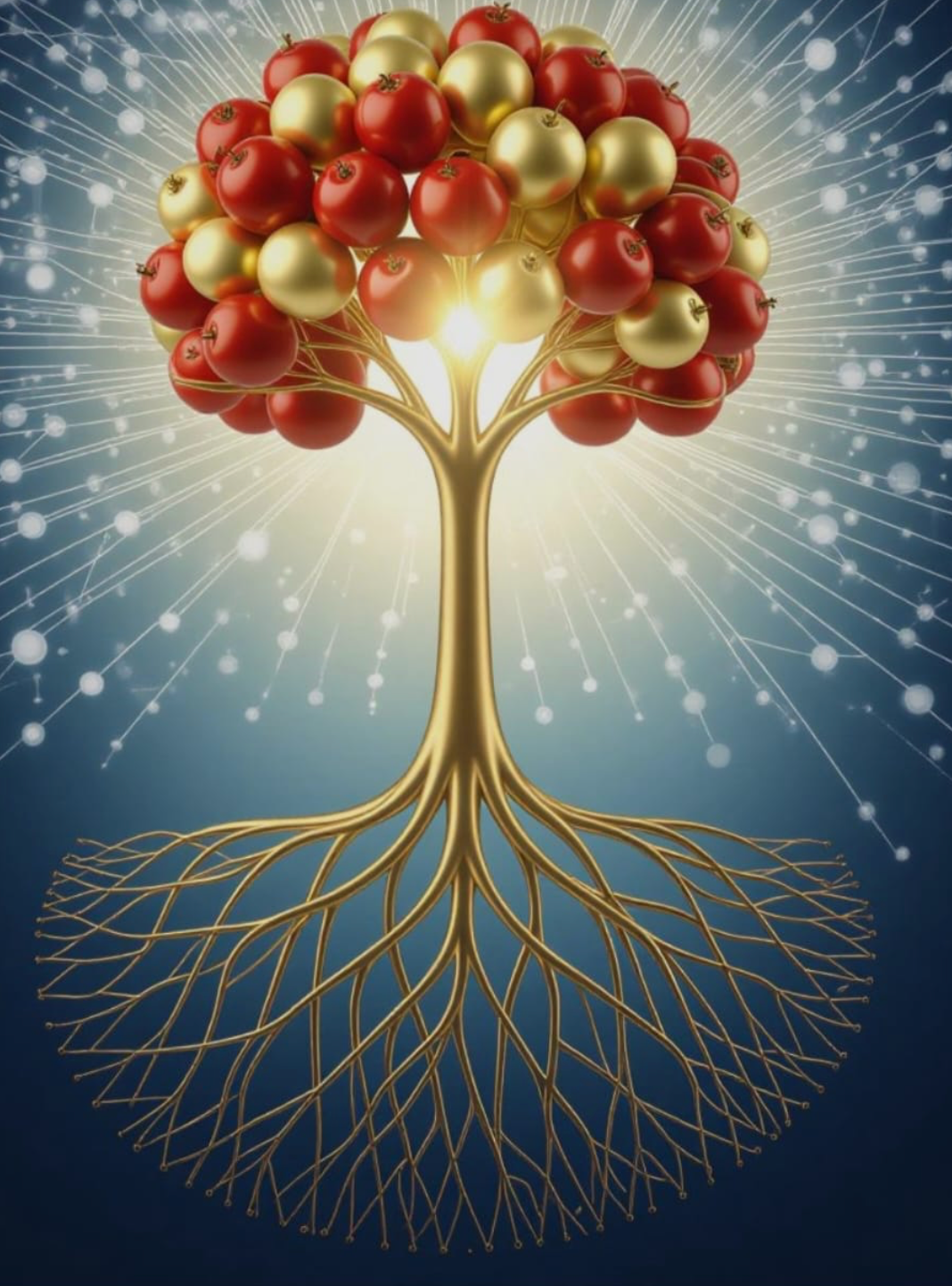
The best example remains the cat
It can sleep deeply, then leap in a fraction of a second, muscles and nerves fully mobilised, only to return almost instantly to complete rest. Its secret: extraordinary nervous and physical flexibility. Its body is trained to move from one extreme to the other without effort or after-effects. This plasticity, this potential, is what we can cultivate within ourselves, allowing us to welcome vibrations – whether external or internal – without creating pain or lasting marks.

When overused, misused, or deprived of rest, the nervous system becomes exhausted
This shows up as difficulty changing states: stuck in tension, unable to release, or conversely, unable to mobilise enough energy. Vibrational shocks then become sources of imbalance and suffering. Yet the body holds an immense capacity for retraining. Through sound vibrations, it can relearn this natural plasticity.
The singing bowl, for example, works through two major mechanisms. First, mechano-transduction: the physical vibrations penetrate tissues, transformed into electrical signals by the cells, and communicated directly to the nervous system. Second, frequency entrainment: the unique frequencies of the bowl gently guide the full body to synchronise, fostering states of calm, focus, or expansion.
Using the singing bowl regularly is like offering the nervous system a subtle training, an invisible exercise that strengthens its ability to move from one state to another. Each session is an opportunity to relearn this flexibility, to soften transitions, to reinforce inner endurance. And the more resilient the nervous system becomes, the more we can embrace life’s vibrational shocks – whether emotional, energetic, or event-driven – without them leaving scars.

Circulation and Flow: Energy in Motion
Kundalini is often described as a coiled energy at the base of the spine, a dormant potential waiting to be awakened. Beyond this symbolic image, it is essential to understand that energy is first anchored in the physical body. The first chakra, the root chakra, acts as an ever-open doorway: a channel welcoming energy from the outside into the body. This energy then rises step by step, passing through the chakras one by one, up to the crown of the head, before descending again. It circulates like an uplifting wave, rising, unfolding, then redistributing throughout the body.

This dynamic of rising and descending is not abstract: it is intimately linked to the nervous system. The spine, spinal nerves, and networks of internal communication form the terrain where energy flows. The brain, at the “end of the chain,” is the organ that registers, interprets, and gives meaning to this flow. But everything begins lower down, in the power of the pelvis, hips, and sexual organs.
Here lies the densest raw energy, waiting to be elevated and refined as it moves through the chakras
A vibrational shock, in this context, can be felt as a sudden surge of energy that does not immediately find its path. The organism receives an unusual amount of information or force, and if the nervous system is unprepared, blockages may occur: throat tension, heart closing, belly contraction, or even overload at the mental level. Conversely, when energy circulates freely, the vibrational shock becomes a flow impulse, a reminder of vitality that traverses and energises the whole body without getting stuck.
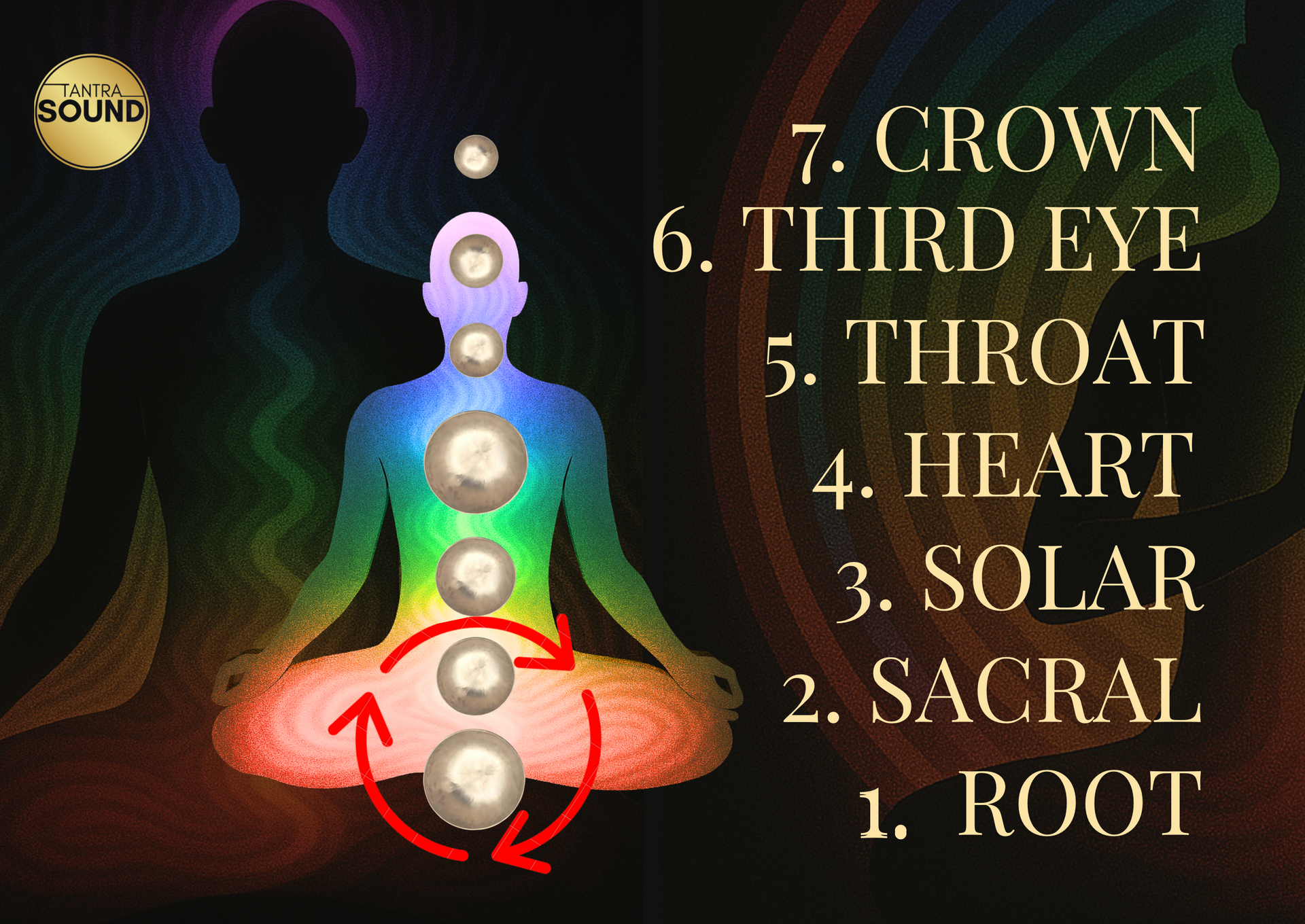
The first two chakras play a special role in this regulation
They act like a self-adjusting system: if the energy cannot rise completely, it is redirected back to these lower centres for release, often through sexuality. In tantric practice, this release is not only physical but also emotional and mental. It is a way to liberate the surplus, to put back into motion what could have been blocked. The challenge appears when energy remains trapped at the base: too much unassimilated energy can manifest as addiction, restlessness, or an overflow that escapes conscious control.
Conversely,
a weak kundalini
often shows up as a lack of bodily tone: slack muscles around the spine, weak abdomen, closed heart, slumped shoulders, tight voice. The energy cannot rise to higher centres, leaving body and mind running on minimum capacity. The challenge, then, is to find balance: neither uncontrolled overload nor stagnation.
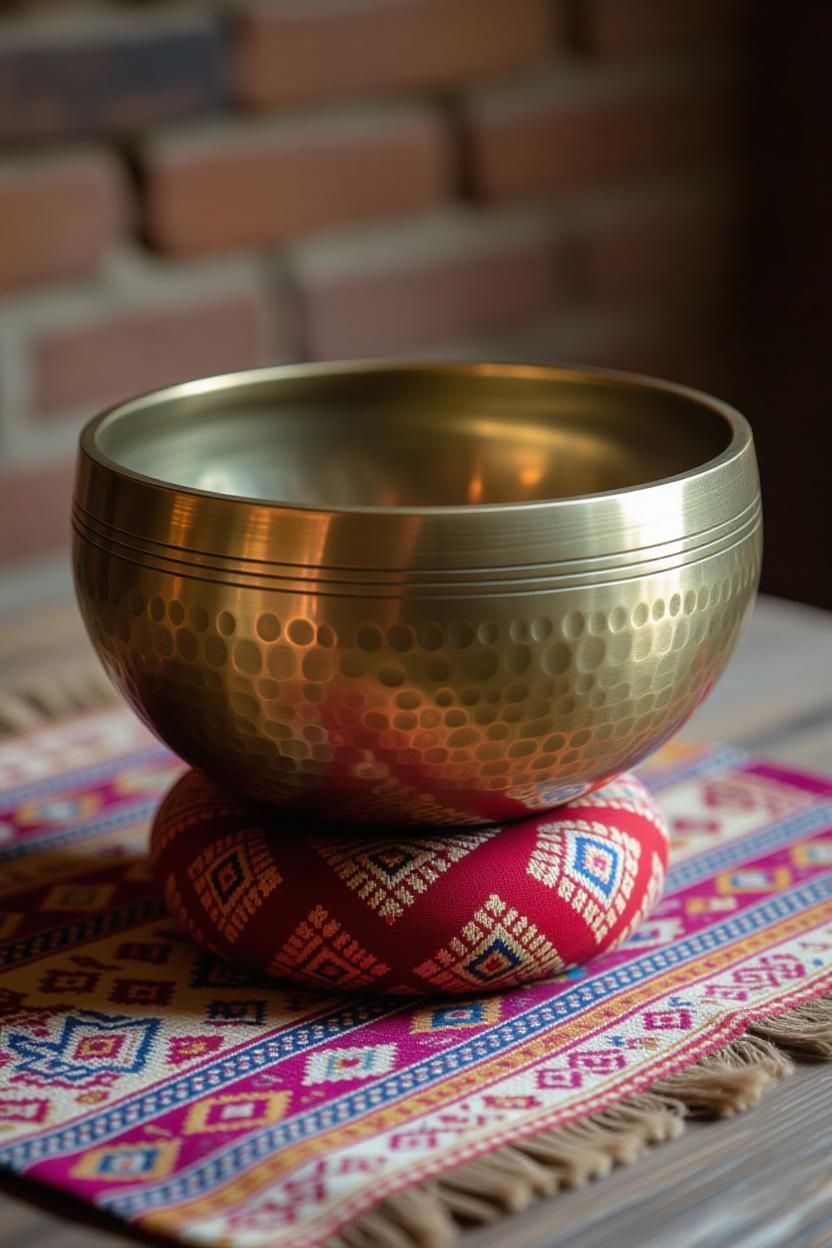
The singing bowl acts as a regulator
Its vibrations create a constant flow – gentle yet penetrating – that invites energy to circulate without disturbance. The sound establishes continuity, a rhythmic movement that guides the body to transform a jolt into a wave, a shock into flow. It is subtle pedagogy: the nervous system learns, session after session, that energy can be strong without being destructive, that it can rise without blockage, descend without being lost.
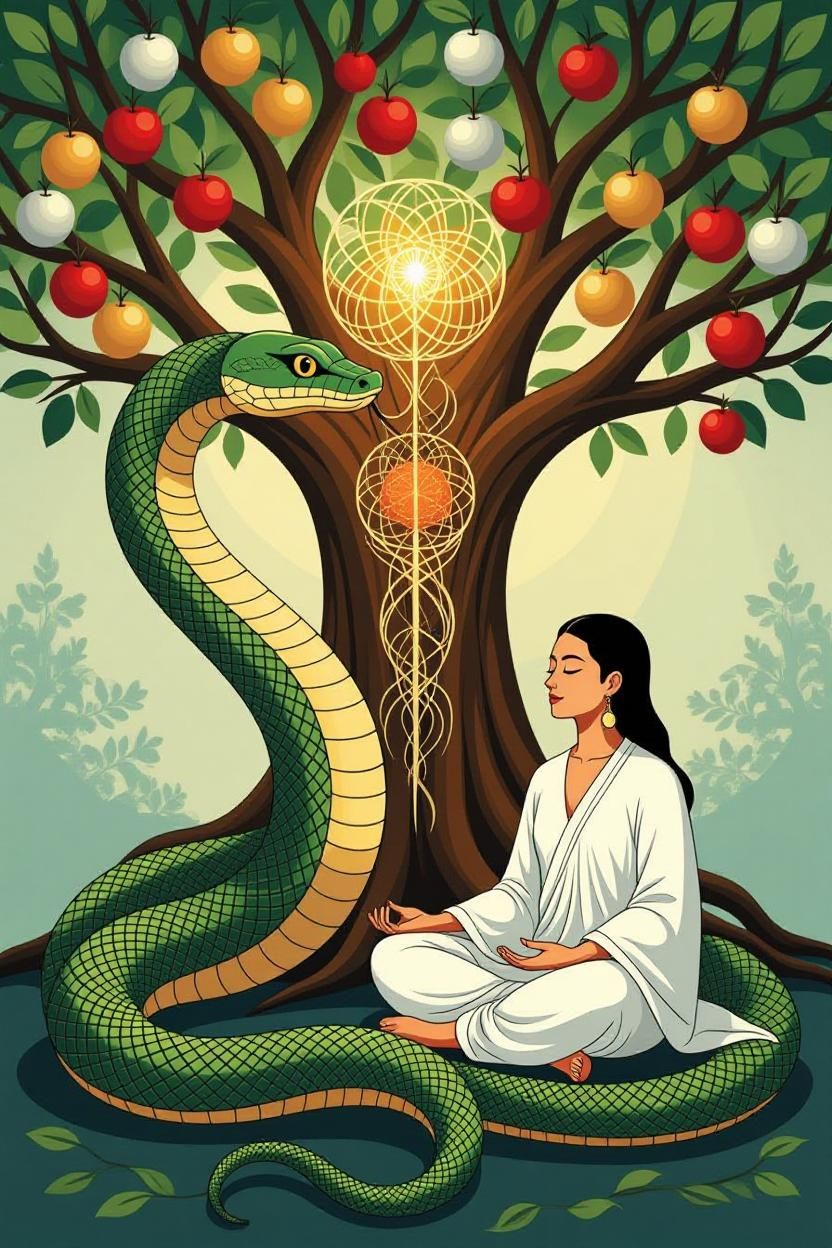
Practice 1 – Discovery through Yoga Nidra (Introduction to Kundalini)
Definition
Yoga Nidra, often translated as “conscious sleep,” is a guided relaxation practice that explores the different layers of inner experience (body, breath, awareness). Here, we use it as a gateway to a gentle discovery of Kundalini energy, without physical movement or forced activation.

Steps
- Settle comfortably. Close your eyes and bring attention to your breath.
- Let your awareness move freely through the body – guided by will, consciousness, concentration, or simply sensations.
- Pay particular attention to the area of the hips and the base of the trunk.
Without moving, explore how these sensations may gently “rise” through the body, like an inner journey. Continue shifting your attention to other areas (hands, feet, chest, head…), always in a spirit of gentle discovery, without trying to provoke anything.
The aim is not to feel intensely, but to learn how to move within the body with awareness, like a discreet explorer.
* The practice of Yoga Nidra helps us detach from immediate identification with our sensations (“I am this”), to observe them and move through them freely. It is a simple way to taste the movement of Kundalini without abrupt activation, cultivating a fluid relationship with energy.
Precaution
Kundalini practices that accelerate heart rate or strongly activate breathing must be approached with great care. They can provoke an energy rise too rapid for unprepared areas. The key is to wait until the body itself says “yes,” cultivating a gentle and respectful progression.

Practice 2 – Exploration with the Singing Bowl (Sound Scanning)
- Place the singing bowl horizontally in your hand, about 10 cm from the body, at the base near the hips.
- Give a single strike to create a medium resonance (adapted to the size of your bowl).
- Slowly move upward in a vertical line, from the base to the heart. At the heart, strike again, this time more softly, then continue up to the top of the head.
- As the sound fades, begin the descent vertically from head to base, a little faster, letting the sound dissipate.
Repeat once per person (in front, behind, or both). Depending on the size of your bowl (ideally M, L, or XL), adjust the rhythm and power of the strikes. Maintain calm and fluid breathing throughout the exercise.
*
In the Nepalese tradition of Sound Scanning (as taught by Sudeep Lamsal, Patan, Kathmandu, Nepal), this movement guides the nervous system:
Slow upward path favours the integration of vibrations,
Slightly faster descent acts as a natural return to calm.
Precaution
Any Kundalini practices that accelerate heart rate or strongly activate breathing must be approached with great care. They can provoke an energy rise too rapid for unprepared areas. The key is to wait until the body itself says “yes,” cultivating a gentle and respectful progression.
Namaste xx





